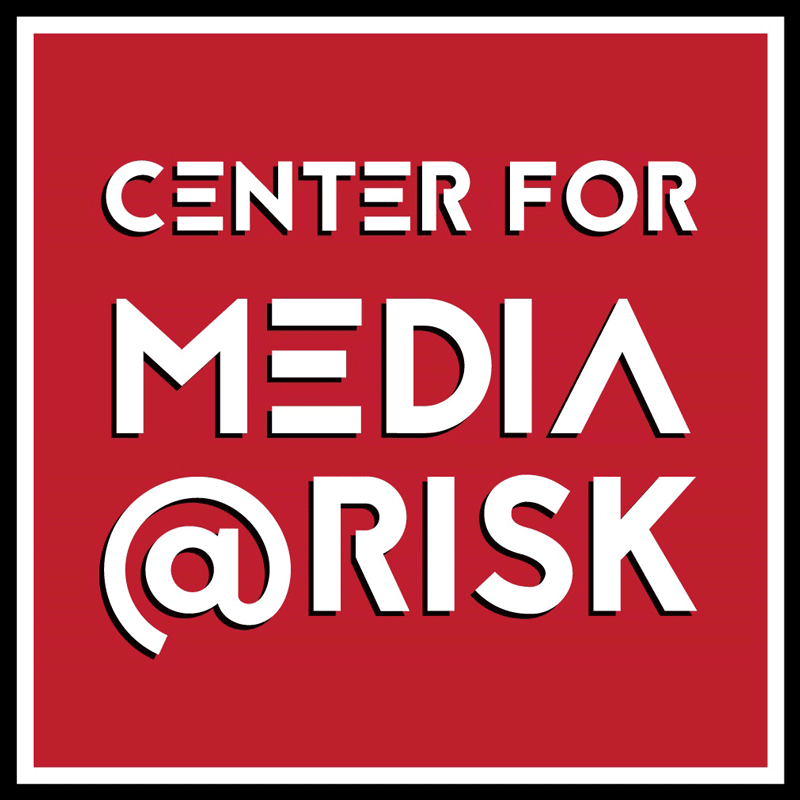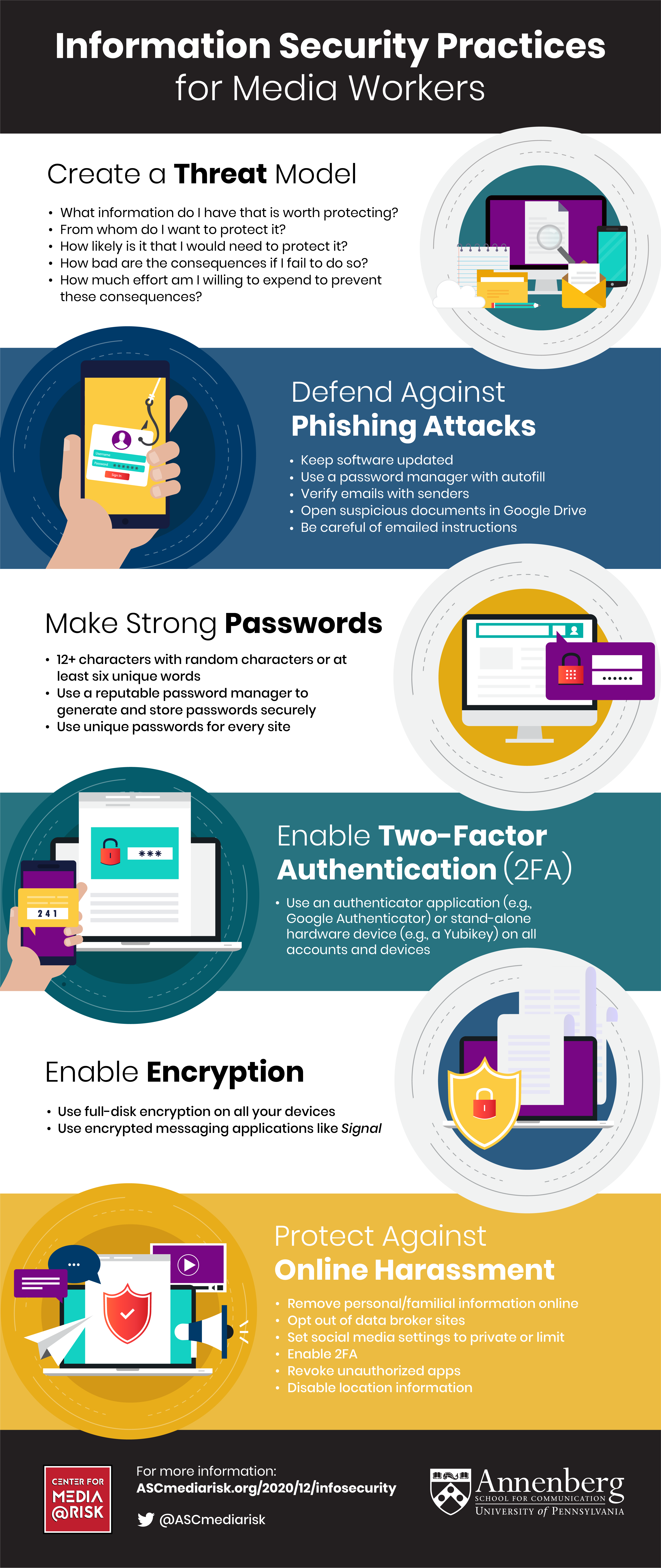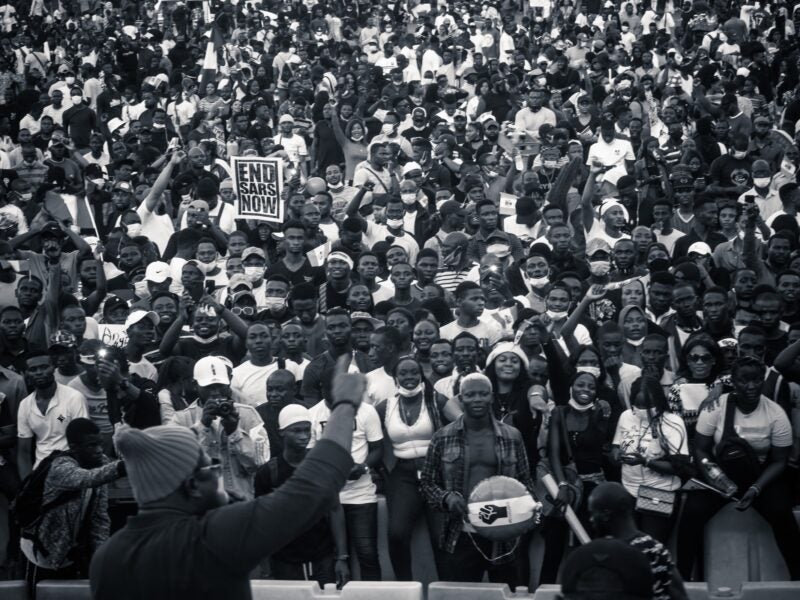“Journalists were asking a lot of questions. Now how do I do interviews?”

In this episode, Center Researcher Richard Stupart speaks with journalists from newsrooms in South Africa, Nigeria and South Sudan. Ajibola Amzat, Branko Brkic and Isaac Kenyi share about how the pandemic has affected the way media practitioners do their work. This podcast is the second entry in our three-part series spotlighting COVID-19 media in Africa.
CREDITS
Richard Stupart is a researcher working on the practices and normative ethics of journalism of conflict. His current work explores the work of journalists reporting on conflict and its effects in Sudan, where he is interested in the role of affect/emotion and tactics of coping with risk by journalists working in conflict contexts, as well as practical ethical tensions that occur while reporting on the effects of the country’s war.
Richard has previously been a DAAD scholar in the conflict studies program at the Willy Brandt School of Public Policy, and previous research has included work on media framing of the 2011 famine in Somalia and the politics of collective memory and archive-producing research in Kitgum, Northern Uganda. Richard’s research at the Center for Media at Risk will explore the affective dimensions of media intimidation and practices of ‘affective’ resistance amongst journalists working in situations of insecurity. Follow him on Twitter @wheretheroad
This episode was produced and edited by Richard Stupart.
FEEDBACK
We’d love to hear from you, especially if you have stories about this podcast, our Center and anything in between. Feel free to write a note or record a voice memo on your smartphone and email it to media.risk@asc.upenn.edu; you can also find us on Twitter and Facebook at @ASCMediaRisk. Though we’re a small operation, we’re always open to pitches and new stories. Additionally if you would like a transcript of this episode, please contact Joanna Birkner.
Disclaimer: The views and opinions expressed in this podcast are those of the speakers and do not necessarily reflect the views or positions of the Center for Media at Risk, the Annenberg School for Communication or the University of Pennsylvania.


